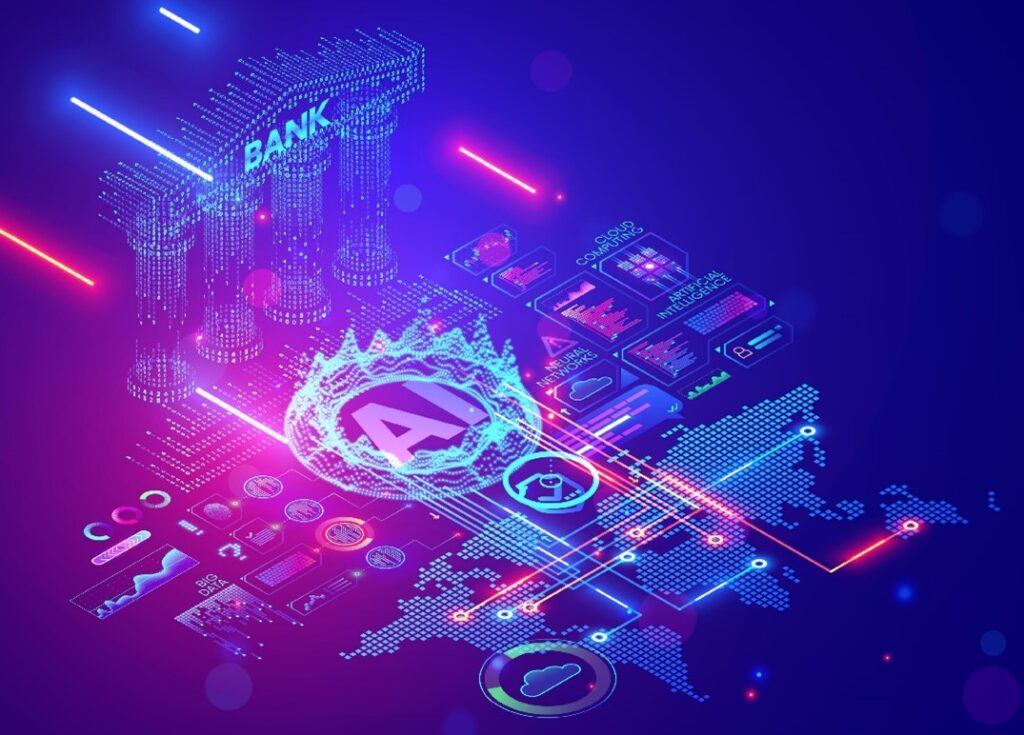Sibos 2023: Why AI in banking is more evolution than revolution
I’ve been writing about technology trends and how businesses have leveraged them for the past 15 years, from e-commerce and social media to the metaverse and Web3.

AI is nothing new for banks, and the current hype is unsustainable
What I’ve learned is that everything takes longer and costs more than you think, and the end result is never as drastic as we thought it would be. It’s always more evolution than revolution. AI is no different, and here’s why.
The generative AI bubble
New generative AI start-ups have seen a huge amount of investment interest this year, even though some don’t even have a product to speak of yet. One of the most obvious signs of a bubble is a rapid increase in asset prices. If prices are rising much faster than can be justified by economic fundamentals, it is a sign that a bubble is forming. Another indicator is how much it is talked about in the media or how executives try to use it as a reason to get bigger budgets next year.
According to a recent survey by Accenture, nearly three-quarters of companies currently prioritise AI over all other digital investments. When the market for generative AI technology stocks and start-ups (plus boardroom discussions) becomes frothy, it’s a sign that a bubble is nearing its peak. This hype is therefore unsustainable, by definition.
Banks have used AI for 50 years
AI is nothing new for banks. As far back as the 1970s, bankers began adopting algorithmic trading strategies powered by high-speed computers and complex mathematical formulas to lower transaction costs and execute trades in a matter of milliseconds. Big banks and other financial institutions now use machine learning software to help assess credit risks, onboard clients, and detect fraud. Robo-advisory online platforms offer investors low-cost, automated investment services with little human interaction. But all that glitters is not gold. AI is fraught with debilitating challenges, such as data privacy concerns, unconscious bias (e.g., not treating customers fairly), and regulatory uncertainty.
Best use of AI within banking
In my book, Transactional to Transformational: How Banks Innovate, I share the untold stories of how 16 different banks delivered new solutions to consumers and businesses – products as well as services – across the spectrum of buy, build, and partner. One of the case studies is about Erica, the virtual financial assistant developed in-house by Bank of America.
This is one of the best examples of how banks use AI and perfectly illustrates that adopting AI is an evolution, not a revolution. Erica was first launched in 2018 and has since helped over 37 million clients (through 1.5 billion interactions and more than 10 million hours of conversations) with their everyday financial needs. David Tyrie, Chief Digital Officer and Chief Marketing Officer at Bank of America, says: “It took four years to reach the first billion interactions, but client engagement is accelerating, and it will easily exceed two billion within a few months.”
Erica was launched as a text-based chatbot that could help customers with basic banking tasks. Over the years, the service has evolved significantly. She can now answer questions in natural language, provide personalised financial advice, and even make transactions on behalf of customers. In addition to writing, the platform now also supports voice and video.
Customers can ask Erica questions in a conversational way, without having to use specific keywords or phrases. For example, “How much money do I have in my checking account?” or “Can you help me set up a bill pay reminder?”. Personalisation allows her to provide more relevant and helpful advice. For example, if a customer has recently opened a new credit card, Erica can remind them about their upcoming payment due date.
Christian Kitchell, Chief Experience Officer of Wealth at the bank, explains: “Whilst Erica is a public example of the work we have done, most of the work has happened behind the scenes. That work is part of a long-term effort to change the way we service clients. This is not a one to three-year exercise, we are in the second mile of a marathon.”
It’s not just end customers benefiting. This new way of offering guided self-service is freeing up employees to focus on clients with more complex needs. The bank has also been able to leverage some of the development work done in-house, reducing cost and improving speed to market in new geographies. The data customers opted in to share about their behavior, plus feedback, is being passed on to the relevant business lines to inform their roadmap and priorities for enhancements, and new products and services.
And, last but not least, the bank has accumulated 44 granted and pending patents related to the solution.
Evolution, not revolution.
About the author
Christer Holloman is the author of How Banks Innovate and writes for FinTech Futures about innovation and diversity within financial services and fintech.










































